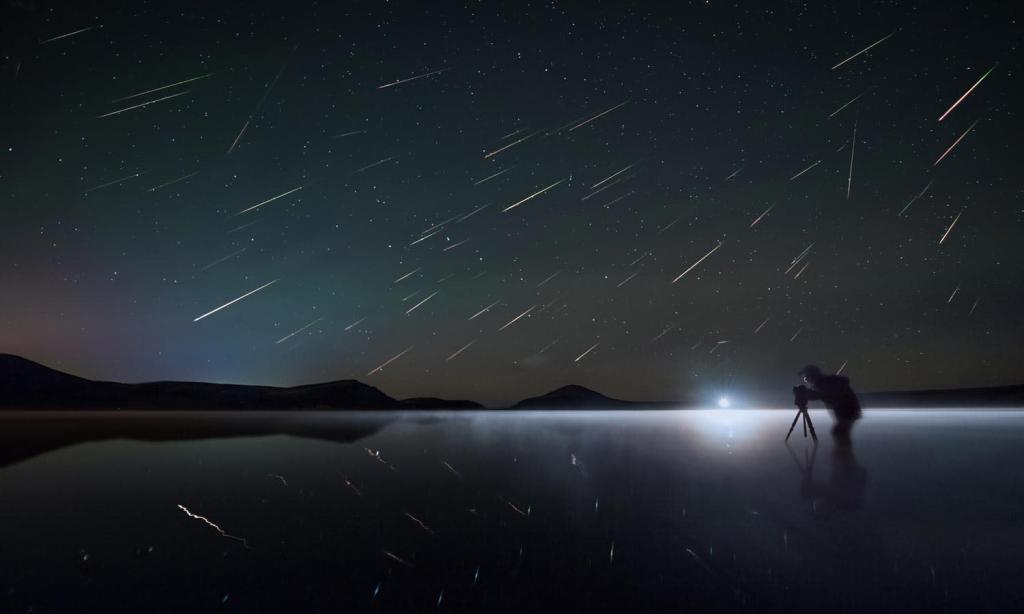The Perseid shower shows up every year during August and is known for bringing a rapid hail of fast moving meteors that dart across the night sky. It’s caused by the Earth travelling through a trail of debris left over by a comet and has been called one of the best meteor showers in the Northern Hemisphere.
Stargazers can often see over 100 meteors per hour all through the night while the event happens. It normally goes on for several weeks and is just about hitting its peak right now.
NASA believes the sparkling display has been going on for at least 2000 years and while the falling specks of space dust can be seen while the sky is dark, it’s best viewed in the middle of the night from 11pm to 4am.
Unfortunately, not everyone is able to get a glimpse of it but if you’re lucky enough to live in the areas of the country where it’s visible, here’s what you need to know.
The Persieds
The shower is made up of tiny specks of dust and ice floating around in space that have been left over from the tail of the Swift-Tuttle comet which passes by Earth every 133 years.
They’re not much bigger than grains of sand but they put on a great display. While there are a number of annual meteor showers, the Perseids is one of the brightest.
The meteor shower is called the Perseids because the meteors appear to come from the part of the sky located within the constellation Perseus.
Although there are a fair few meteors that come across in the shower, it’s primarily a Northern Hemisphere thing. That means we shouldn’t expect fireworks in the sky but rather a high number of shooting stars throughout the period when the Earth is moving through the accumulated space dust.
Because of the rotation of the planet and the way it moves through the solar system, those of us living close to the equator in Darwin or Cairns will get the best show — with estimates of 15 to 20 meteors per hour.
As you go further south, the number of meteors seen will decrease. Places like Rockhampton can expect to see 10 to 15 meteors per hour while Toowoomba might see five to 10.
If you’re as far south as Sydney and below, you likely won’t see anything so maybe save yourself the early start/late night.
How to See the Meteor Shower
The International Meteor Organisation has predicted that the shower will peak at around 4am on Friday morning, however, others have suggested that it could be closer to 2am.
Like all stargazing, meteor showers are seen in places with low levels of light pollution. If you can get away from the city and out into the bush, you’ll have a much better chance of seeing some shooting stars. A clear sky, obviously, also helps.
You won’t need a telescope or any specialist equipment as meteors can be seen with the naked eye. You will need patience though as your eyes can take up to 45 minutes to adjust to the darkness
While they do appear anywhere in the sky, the best place to look is straight up as this is the darkest portion of the sky and you’re more likely to see them there.
Don’t stare at a particular patch of sky. Instead, let your eyes unfocus and take in the whole of the view as you’ll catch any moving objects more readily.
Don’t forget to bring a jumper and a blanket as it’s likely to be cold out at that time.
If you are in lockdown, or too far south to catch the shower, NASA is live-streaming the perseids from their vantage point in Alabama, USA, which is likely to see far more meteors than we are.
There’s Always Next Time
If you can’t catch the shower, don’t worry, these things happen pretty regularly.
The Geminids is another meteor shower that happens every December and is even more impressive than the Perseids. This year it’s thought to peak on December 14.
This meteor shower can be seen right across Australia and will have a higher number of meteors. Definitely a date for the diary.







